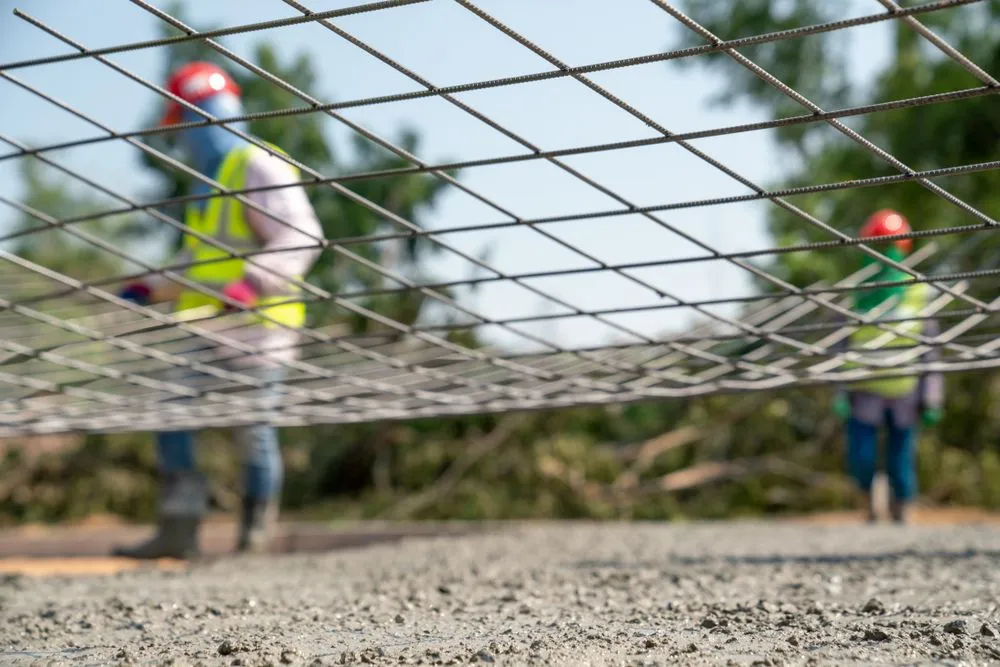-
+86 15030157877
-
sales@galvanizedmetalmesh.com
Kas . 27, 2024 16:40 Back to list
Exploring the Production Processes in Modern Barbed Wire Manufacturing Facilities
The Role and Impact of Barbed Wire Factories
Barbed wire, often associated with security and confinement, has a rich history and a significant role in various industries. Its factories, responsible for producing this unique fencing material, have not only catered to agricultural needs but also shaped the landscape of modern security measures.
The Historical Context
The invention of barbed wire can be traced back to the late 19th century, with significant contributions from individuals like Joseph Glidden, who patented an effective design in 1874. This innovation revolutionized fencing, particularly in the American West, allowing ranchers to control livestock and delineate property lines efficiently. The emergence of barbed wire factories followed, marking the beginning of mass production. These factories played a crucial role in the rapid expansion of agriculture, enabling farmers to protect their crops and livestock from wandering animals and rival claims.
Manufacturing Process
The production of barbed wire involves various stages, starting with the selection of raw materials. Steel wires are the primary component, chosen for their strength and durability. The manufacturing process typically begins with wire drawing, where large coils of steel are pulled through progressively smaller dies to achieve the desired thickness. Once the wires are prepared, they are twisted together to create the core of the barbed wire.
Next comes the addition of barbs, which are sharp points designed to deter intruders and livestock alike. The barbs can be manufactured through different methods, including stamping or cutting sections of wire that are then attached to the main strand. The final step usually involves galvanization, a process that coats the wire with zinc to prevent rust and extend its lifespan. This meticulous process culminates in the strong, resilient product that has become a staple in fencing solutions.
Environmental Considerations
While barbed wire has served vital purposes, its production does raise environmental concerns. The manufacturing process involves considerable energy consumption, and the mining of raw materials can lead to ecological degradation. In response, many barbed wire factories are exploring sustainable practices, such as using recycled materials in production or adopting eco-friendly manufacturing methods. This shift not only helps in reducing the carbon footprint but also appeals to increasingly environmentally conscious consumers.
barbed wire factories

Barbed Wire in Modern Context
Beyond agricultural applications, barbed wire has found a myriad of uses in urban settings. Security industries utilize it to protect properties, prisons implement it as a deterrent against escapes, and military applications also favor its efficacy in establishing boundaries. The versatility of barbed wire remains evident in its ability to adapt to modern needs while retaining its primary purpose of security.
However, the use of barbed wire is not without controversy. Its association with imprisonment and restriction has sparked debates over its ethical implications, particularly in contexts involving human rights. In recent years, the dialogue around barbed wire has expanded, prompting discussions about alternative methods of security that do not rely on physical barriers to instill fear.
The Future of Barbed Wire Manufacturing
As industries evolve, so too must barbed wire factories. The integration of technology in manufacturing processes, such as automation and smart materials, is likely to enhance efficiency and product quality. Moreover, the growing trend of perimeter security systems may lead to innovations in barbed wire design, incorporating features that blend aesthetics with functionality.
Investment in research and development will be crucial for these factories to stay relevant in a rapidly changing market where traditional solutions must compete with modern alternatives. By innovating and adapting to consumer and societal demands, barbed wire manufacturers have the potential to carve out a sustainable future.
Conclusion
Barbed wire factories have played an integral role in shaping the agricultural and security landscapes throughout history. While they face challenges related to environmental impact and ethical concerns, the evolution of manufacturing practices and the integration of new technologies could lead to a more sustainable and socially responsible future. As they navigate these waters, barbed wire manufacturers will continue to be pivotal in addressing the needs of society while evolving within a complex and often contentious framework.
-
Premium Welded Gabion Mesh | Robust & Eco-Friendly
NewsJul.31,2025
-
Premium Eco-Friendly Roof Tiles | Affordable & Durable
NewsJul.31,2025
-
Premium Roof Tiles for Durable & Stylish Roofing Solutions
NewsJul.30,2025
-
High-Quality Roof Tiles for Durable & Stylish Roofing Solutions
NewsJul.29,2025
-
High Quality Square Wire Mesh Manufacturer & Supplier for Wholesale
NewsJul.29,2025
-
Premium Roof Tiles for Durable & Stylish Roofing Solutions
NewsJul.29,2025



